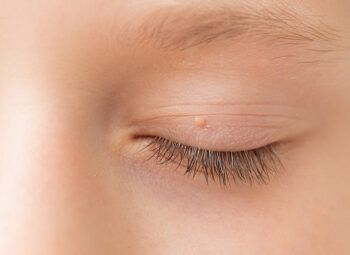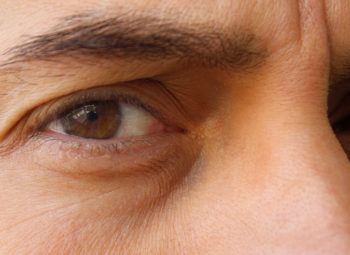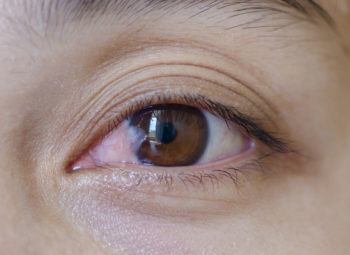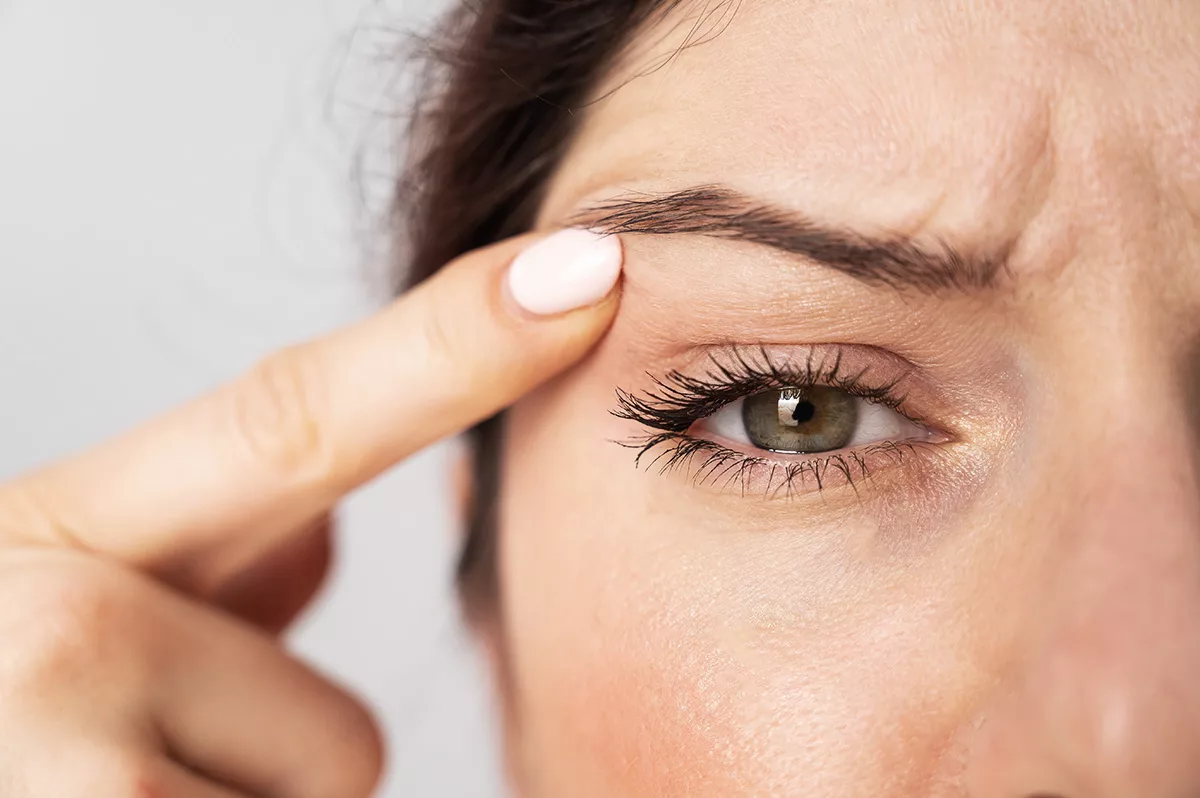
Our body’s natural collagen production gradually declines as we age, causing our skin to lose firmness and elasticity. This often leads to droopy, sagging skin, which can be particularly noticed on the eyelids and can even cause irritation. An eyelid lift, also known as blepharoplasty, is a simple surgical procedure that removes excess skin from the eyelid.
How Does Eyelid Lift Surgery Work?
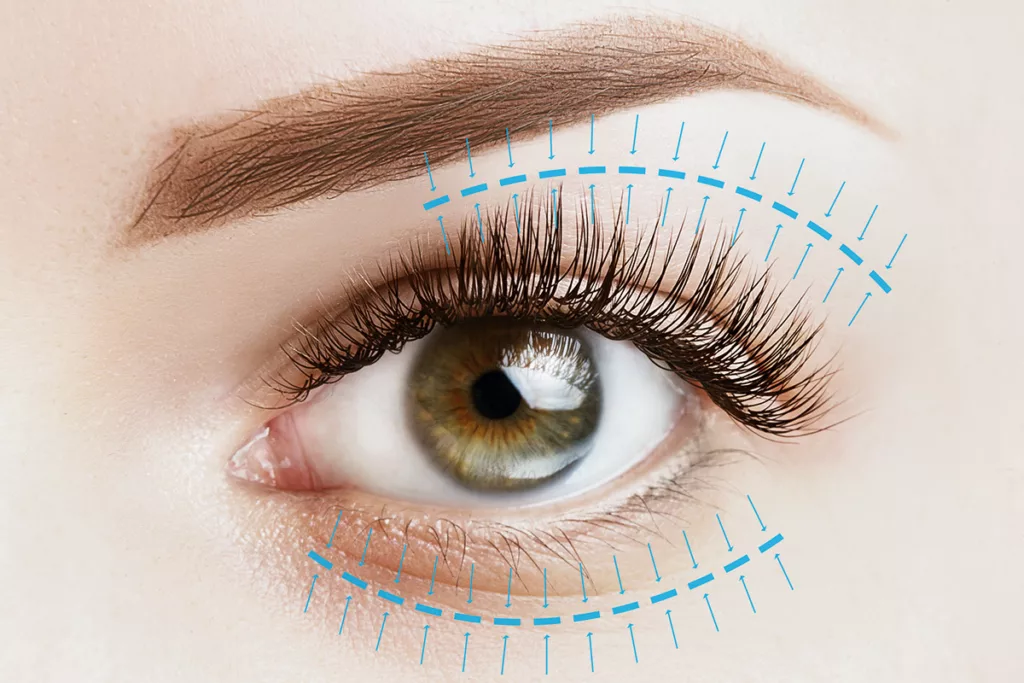
Traditional eyelid surgery is performed using a surgical knife or scalpel. With laser eyelid surgery, your ophthalmologist uses a CO2 laser to create a hairline incision along your eyelid’s natural creases or lash line. They will then remove excess fat and correct any malposition affecting the upper and lower eyelids.
Laser eyelid surgery is much more precise than traditional surgery, patients experience less swelling and bruising, and recovery is much faster.
What Conditions Can Eyelid Lift Surgery Treat?
This popular procedure was the second most performed surgery in 2020, thanks to its effectiveness in reducing signs of aging, treating certain ocular conditions, and improving overall vision health. A qualified surgeon is the only person who can determine whether blepharoplasty is right for your needs, however, an eyelid lift can help with:
- Age-related eyelid drooping that gives you a tired appearance
- Saggy eyelids that block your line of sight
- Bags under your eyes that won’t go away
- Eyelid-related conditions like ptosis, entropion, or ectropion
Although blepharoplasty is primarily a cosmetic procedure, it can also be a treatment option for people who experience the following eyelid-related conditions.
Ptosis
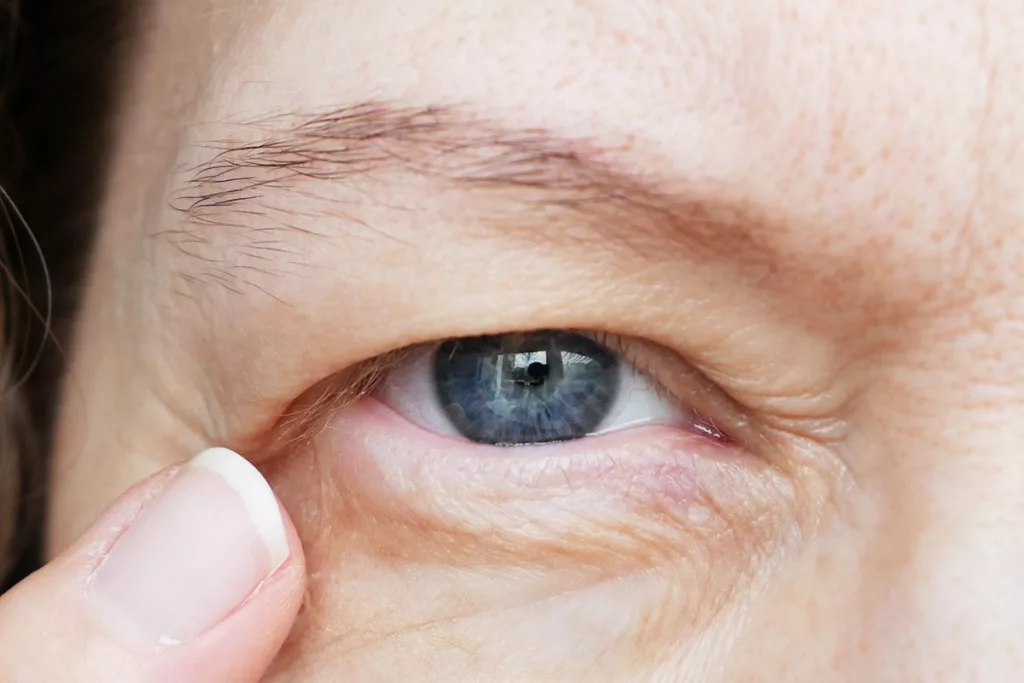
Ptosis, or pathologic droopy eyelids, is a condition in which the eyelid droops over the eye. This can occur in one or both eyelids, referred to as unilateral ptosis (one) or bilateral ptosis (both). Ptosis can be caused by genetics, nerve damage, injury, or other underlying health concerns.
Depending on how severe the ptosis is, this condition can severely obscure your field of vision. If left untreated, unilateral ptosis can also lead to lazy eye, or amblyopia. Fortunately, upper eyelid surgery can be a highly successful treatment for ptosis.
Entropion
Entropion is a common condition that turns your eyelid inward. It usually occurs in the lower eyelid, causing the eyelashes to brush against the eye. This inversion creates friction against the cornea that can lead to irritation and permanent eye damage. Many patients with entropion are also sensitive to light and wind.
Entropion is often caused by:
- Muscle weakness
- Scarring from burns or previous procedures
- Infections like trachoma
- Inflammation
- Congenital complications
- And more
If you notice signs of this condition, contact an eye doctor right away. Blepharoplasty can correct the positioning of the eyelid, but entropion should be treated as soon as possible to avoid permanent damage to the cornea.
Ectropion
Ectropion is a condition that turns the eyelid outward, exposing the cornea to irritants. This usually only impacts the lower eyelid of older adults. Some patients report symptoms like dry eye, light and wind sensitivity, redness, and more. In severe cases, it can cause irreversible damage to the surface of the eye.
Fortunately, an eyelid lift can help restore the eyelid’s natural shape, reducing the uncomfortable symptoms associated with this condition. An eye doctor can help you determine whether blepharoplasty is a feasible option for ectropion treatment.
How To Qualify for Eyelid Lift Surgery
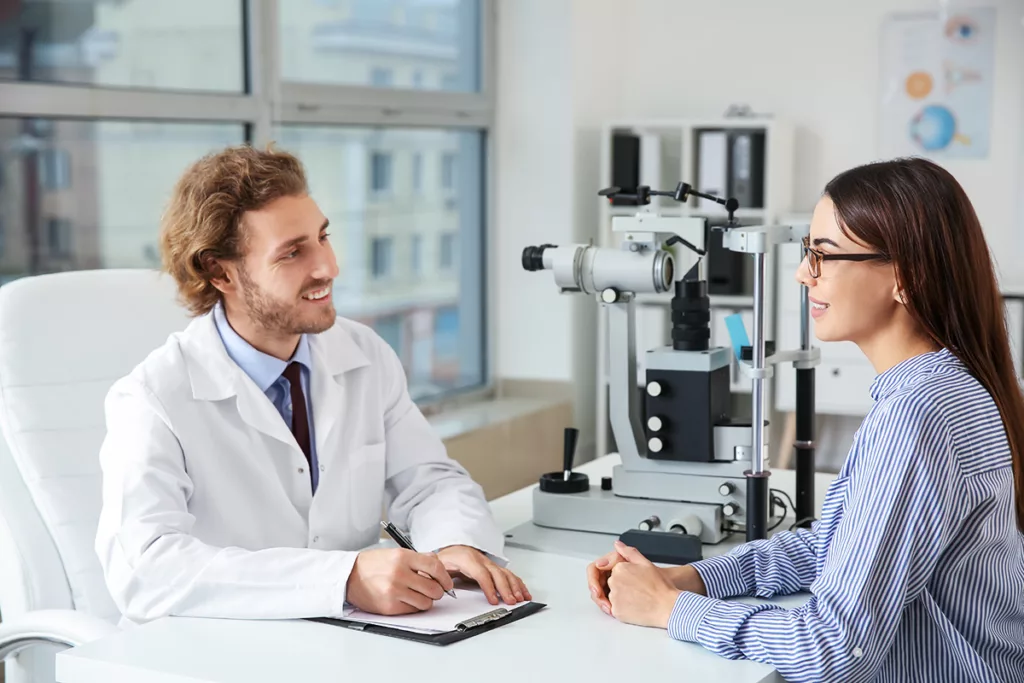
The first step to learning if eyelid lift surgery is right for you is to consult with a board-certified ophthalmologist about your goals and medical history. A comprehensive eye exam is also an important part of the blepharoplasty preparation process.
Your eye exam may involve eyelid measurements, a tear production test, a visual field test to determine any blind spots, and eyelid photography to help your surgeon prepare for the procedure.
Eye doctors also recommend avoiding the following substances before your surgery:
- Drugs or herbal supplements that increase bleeding, such as aspirin, ibuprofen, and more
- Smoking, which can deter your ability to heal during the days after surgery
- Coffee and tea, since caffeine may cause involuntary eyelid twitching
What to Expect After Eyelid Surgery
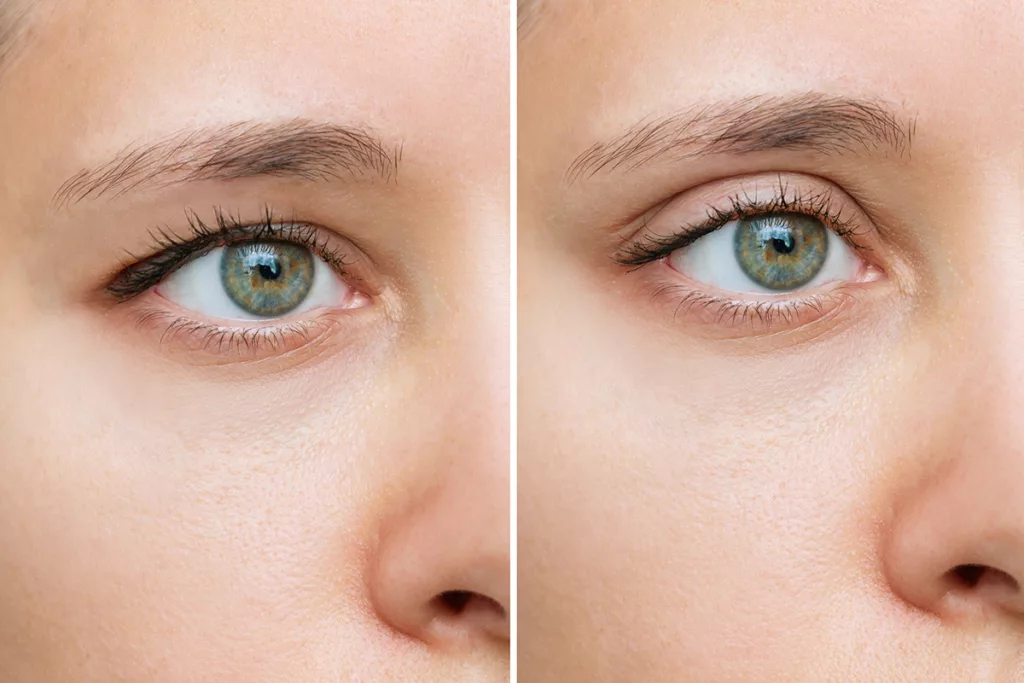
After eyelid lift surgery, you will need to arrange for someone to drive you home. Temporary side effects following eyelid surgery include:
- Sensitive to light
- Double vision
- Swelling and bruising
- Pain or discomfort
These symptoms are completely normal, but you should contact your eye doctor if they persist for longer than two weeks following the surgery procedure.
What to Expect While Recovering from Eyelid Surgery
During the eyelid surgery recovery process, it’s important that you avoid strenuous activity for at least a week, such as sports or heavy lifting. You should also refrain from rubbing your eyes, wearing contact lenses, or smoking.
In the days following your blepharoplasty, the following practices are recommended:
- Use ice packs or cold compresses throughout the day to minimize pain and swelling
- Use any ointments eye drops your eye doctor may have prescribed
- Make sure your head is elevated higher than your chest while sleeping
- Protect your healing eyelids from sun and wind with dark sunglasses
Following these guidelines as well as any other instructions provided by your eye surgeon will ensure the smoothest recovery process possible.
Is Eyelid Lift Surgery Right for You?
Eyelid surgery can be a great option for anyone who wants to treat an eyelid-related condition, or simply make a cosmetic change. If you think you might benefit from an eyelid lift surgery, fill out the form below to schedule a free, no-obligation consultation.
Schedule a Free Eyelid Surgery Consultation in Union City today
Schedule an appointment with NeoVision Eye Center in Union City to see if you’re an eligible candidate for eyelid lift surgery (blepharoplasty).
"*" indicates required fields

